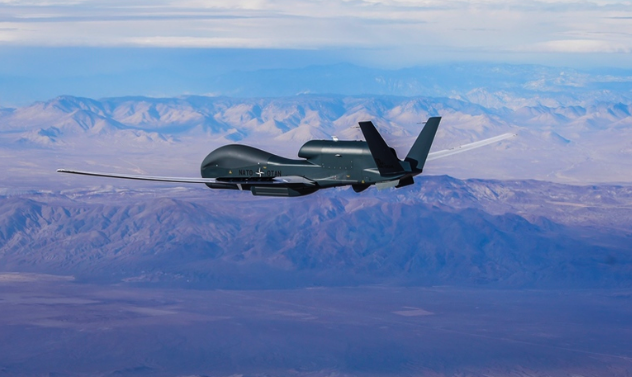Leonardo has been chosen to develop and deliver the NATO Alliance Ground Surveillance (AGS) Logistics Information System (ALIS).
Leonardo, a member of the primary Northrop Grumman-led industrial team for the delivery of the NATO Alliance Ground Surveillance (AGS) Core System, has been chosen to develop and deliver the NATO AGS Logistics Information System (ALIS).
The AGS Core System is designed to perform a wide range of operational missions. These include the peacetime collection of intelligence data on potential threats, conducting NATO’s routine Intelligence, Surveillance and Reconnaissance (ISR) missions, disaster relief and humanitarian aid support.
The system will be based on five Block 40 RQ-4B Global Hawk remotely piloted aircraft. The aircraft will be equipped with the MP-RTIP ground surveillance radar and an extensive suite of line-of-sight and beyond-line-of-sight long-range, wideband data links.
Leonardo won the international competitive bid to deliver an integrated logistics platform and has signed a contract with the NATO Alliance Ground Surveillance Management Agency (NAGSMA). The ALIS will be used by NATO to support the management of operations and maintenance services at the Main Operating Base (MOB) in Sigonella (Syracuse – Italy), in deployed locations and by NATO logistic support management organisations during the AGS Core System life cycle.
The main ALIS functions will allow for the planning, control and management of the supply chain, maintenance and repair activities, field service activities, accounting, warehousing and for personnel employment and training.
The ALIS will be also used to maintain the NATO AGS Core baseline and configuration in supporting the maintenance organisation’s requirement to comply with Continued and Continuing Air Worthiness norms.
Within the NATO AGS programme, Leonardo is also responsible for the development of the Mission Operation Support (MOS) systems and the Transportable General Ground Stations (TGGS). One of the main functions of the MOS and TGGS is to collect data and images from the remotely-piloted aircraft for processing and intelligence analysis.
Leonardo will also deliver the Wide Band Data Link (WBDL) which provides line-of-sight communication between the ground segment and the system’s unmanned aerial vehicles.

